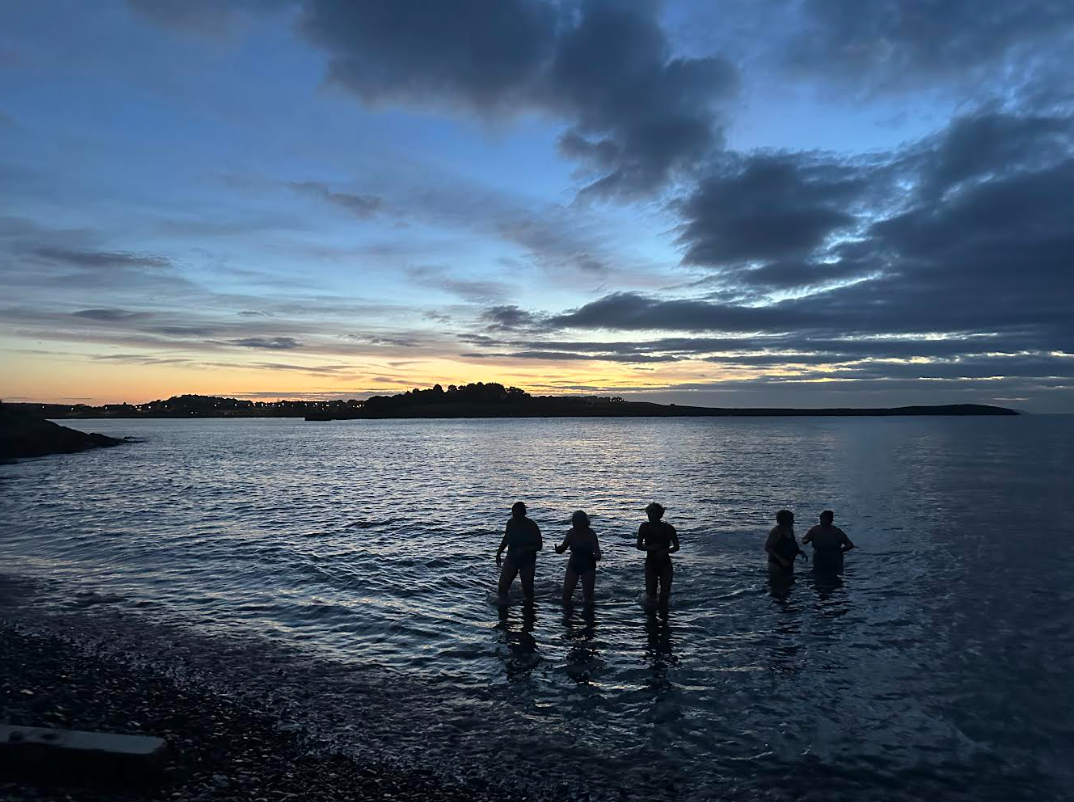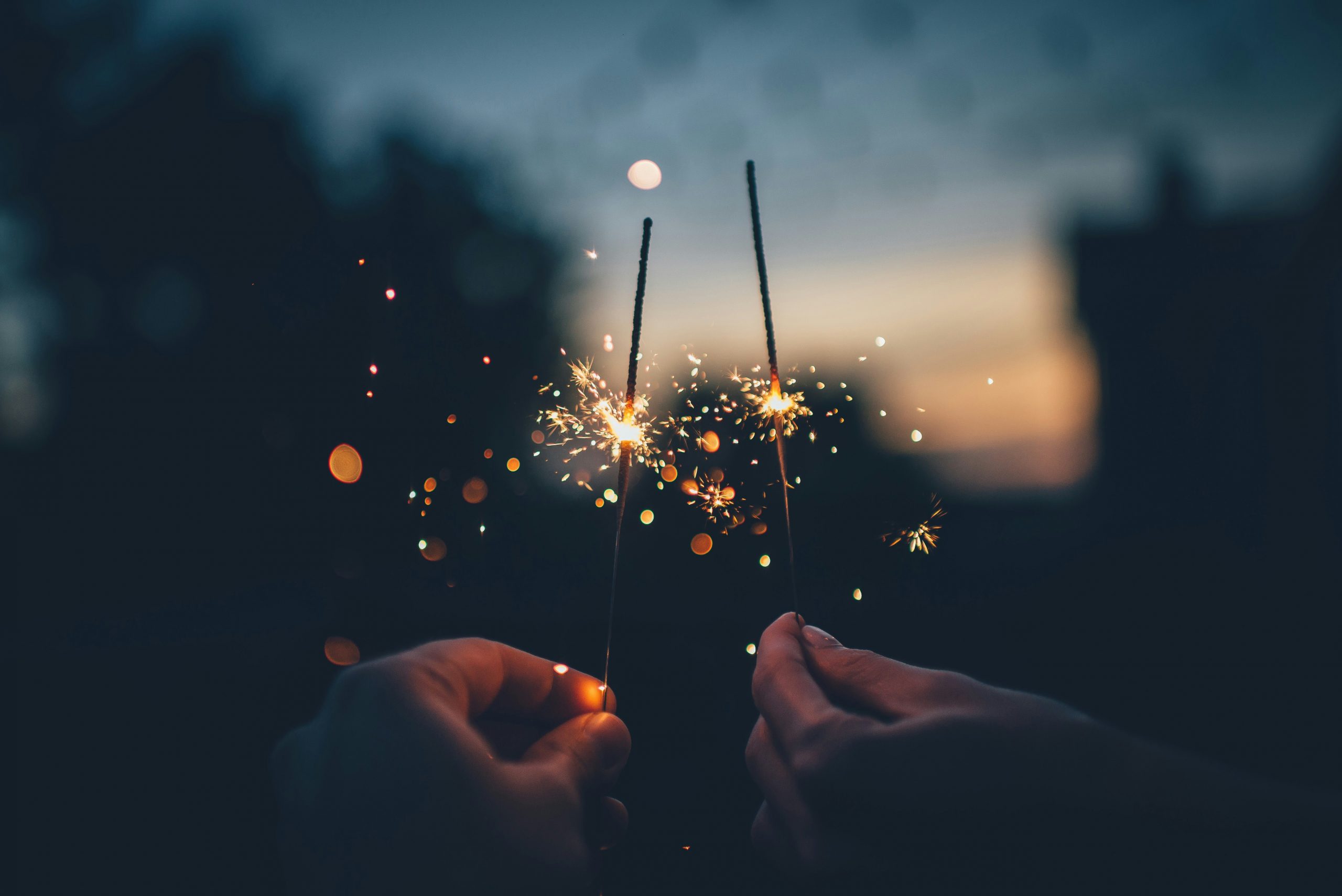Amy Pay looks at the history of the horror genre and lines up the best of what horror has to offer, from the 1890s to the 2000s.
Halloween is probably the best time to release a horror movie if you want it to have a┬ácaptive audience. On October 31st every year, the average multiplex cinema houses┬áat least three horror movies, some of which reach the top of the ÔÇÿhighest grossing’ charts (no pun intended). Viewing horror movies needn’t be reserved for this time┬áof year, though. Despite having a reputation for flimsy plotlines, poor acting and┬áketchup-smothered sets, the genre has a long history. For nearly a century, people have found watching appalling fictitious events unfolding on screen to be somewhat┬áappealing.
————————————————————————————————————————–
1890s-1920s
The early roots of horror are embedded in real life events and popular literary works. Some of the first cinema-goers experienced extreme fear when they watched footage of a train arriving at a station; they thought that the train was going to pierce through the screen and drive into the auditorium. By experimenting with emerging techniques, such as overlaying audio onto moving visual shots and backlighting actors, directors made the everyday seem unknown, causing audiences to experience thrills from seemingly benign happenings.
Gothic fiction and romanticism of the eighteenth and nineteenth century were┬áinfluences for early directors. Works by Edgar Allen Poe (ÔÇÿThe Raven’), Bram Stoker┬á(ÔÇÿDracula’) and Mary Shelley (ÔÇÿFrankenstein’) provided monstrous creatures that transformed well into frightening screen fiends. Another literary influence, the style┬áof classical storytelling, gave filmmakers a nod in the right direction for creating┬ácompelling narratives.
 Notable films: ÔÇÿArrival of a Train at La Ciotat’ (1895), ÔÇÿThe Cabinet of Dr. Caligari’┬á(1920), ÔÇÿNosferatu‘ (1922)
Notable films: ÔÇÿArrival of a Train at La Ciotat’ (1895), ÔÇÿThe Cabinet of Dr. Caligari’┬á(1920), ÔÇÿNosferatu‘ (1922)
————————————————————————————————————————–
1930-50s
As horror films became increasingly available and realistic, government officials around the world grew nervous over the effect that their content would have on viewers. Some countries banned releases from being shown on the grounds of them being harmful and destructive to society. Regardless of this, companies continued to develop the genre and its cinematographic quality.
Britain’s Hammer Film Productions advanced monster films. Hammer Horrors were┬álonger, some lasting over an hour, and featured well-regarded actors (including Peter┬áCushing and Christopher Lee) in lead roles. They sexed-up established tales and introduced bloody gore, tapping into the psyche of the viewer. Other filmmakers┬ábridged horror, nature and science fiction via alien invasions, crossbreed creatures┬áand dystopian worlds.
Notable films: ÔÇÿInvasion of the Body Snatchers’ (1956), ÔÇÿThe Curse of Frankenstein’ (1957), ÔÇÿThe Fly‘ (1958)
————————————————————————————————————————–
1960s
The fascination with science and reality carried into the sixties. A boom in special┬áeffects complimented attempts at making powerful supernatural and psychological┬ámovies. Hitchcock became a landmark figure for generating suspense, while Polanski’s ÔÇÿRosemary’s Baby’ put the fear of the devil into expectant mothers.┬áFantastical monster-centric movies died down in popularity, overtaken by films that┬áspoke of abnormal human experiences. Their absence was filled with some of the┬ámost prolific zombie movies of all time, courtesy of the director George Romero. Notable films: ÔÇÿPsycho‘ (1960), ÔÇÿThe Haunting’ (1963), ÔÇÿNight of the Living Dead’ (1968)
Notable films: ÔÇÿPsycho‘ (1960), ÔÇÿThe Haunting’ (1963), ÔÇÿNight of the Living Dead’ (1968)
————————————————————————————————————————–
1970s
Larger budgets allowed the production of elaborately crafted films. They facilitated the creation of violent scenes and haunting supernatural visuals, both of which drew in greater audiences and respect from critics. Some of the most famous and unnerving psycho-thrillers came from this era. There were also plenty of thrillers propelled by underlying political statements and social anxieties, a sign of unrest across nations.
 Notable films: ÔÇÿLast House on the Left’ (1972), ÔÇÿThe Omen‘ (1976), ÔÇÿI Spit On Your Grave’ (1978)
Notable films: ÔÇÿLast House on the Left’ (1972), ÔÇÿThe Omen‘ (1976), ÔÇÿI Spit On Your Grave’ (1978)
————————————————————————————————————————–
1980s
The eighties brought a new level of dangerous repression and gore to the scene.┬áFake blood was splattered all over the sets for video nasties, grizzly films loaded with┬áextreme graphic violence that went beyond censorship and regulation. Slasher films featured genre-defining serial killers that ripped neighbourhoods to shreds. In many┬ácases, the serial killers managed to make it into movie sequels for a second score┬áof bloodshed. Wes Craven, the master behind some of today’s best-known slashers (such as ÔÇÿScream’ (1996)) unleashed multiple nightmare-inducing characters onto his┬áaudiences. One of them was Freddy Krueger. This infamous baddie, with hands like┬áknife racks, killed off Johnny Depp in his first major role.
 Notable films: ÔÇÿMy Bloody Valentine’ (1981), ÔÇÿDriller Killer’ (1982), ÔÇÿNightmare On Elm Street‘ (1984)
Notable films: ÔÇÿMy Bloody Valentine’ (1981), ÔÇÿDriller Killer’ (1982), ÔÇÿNightmare On Elm Street‘ (1984)
————————————————————————————————————————–
1990s
College became the new location for on-screen killing sprees, latching onto the┬áyounger end of the genre’s audience. Though rather predictable and occasionally┬áself-mocking, they pulled earlier┬á trends into the modern times. Society’s materialistic infatuation with personal technology made it into plots; ÔÇÿThe Blair Witch Project’┬áutilised handicams for jagged self-shot footage in the┬á sequences.┬áA trend for metafictional works turned films inside-out, making movies aware of their┬áown construction and fictitious existence. Other films used existing social┬á structures,┬ámisconceptions, myths and fears as sources, while some used a combination of these to forge complicated plots that connected with an increasingly technologically┬áadept audience living in a world of seemingly limitless possibilities.
 Notable films: ÔÇÿSe7en’ (1995), ÔÇÿI Know What You Did Last Summer’ (1997), Ringu (1998)
Notable films: ÔÇÿSe7en’ (1995), ÔÇÿI Know What You Did Last Summer’ (1997), Ringu (1998)
————————————————————————————————————————–
21st Century
The start of this century prompted a reflection on the previous one. Classics were digitally remastered for DVD release. Films like ÔÇÿThe Exorcist’ (1973) were given a second lease of life and thousands of new fans. A similar exposure was given to foreign horror films thanks to American remakes into the English language. Zombies took over cinemas yet again, this time sharing the bill with complicated and revengeful torture movies. On the other end of the spectrum,┬ápsychology was┬á implemented in less-is-more films. Viewers were left to their┬áown devices and imagination to┬á understand gaps in plots and decipher the┬áparanormal within camera trickery. Cinemas provided a kick-start for the┬ánerves, but the mind became the home of horror.
 Notable films: ÔÇÿThe Others’, (2001) ÔÇÿSaw‘ (2004), ÔÇÿLet The Right One In’ (2008)/ ÔÇÿLet Me In’ (2010)
Notable films: ÔÇÿThe Others’, (2001) ÔÇÿSaw‘ (2004), ÔÇÿLet The Right One In’ (2008)/ ÔÇÿLet Me In’ (2010)




